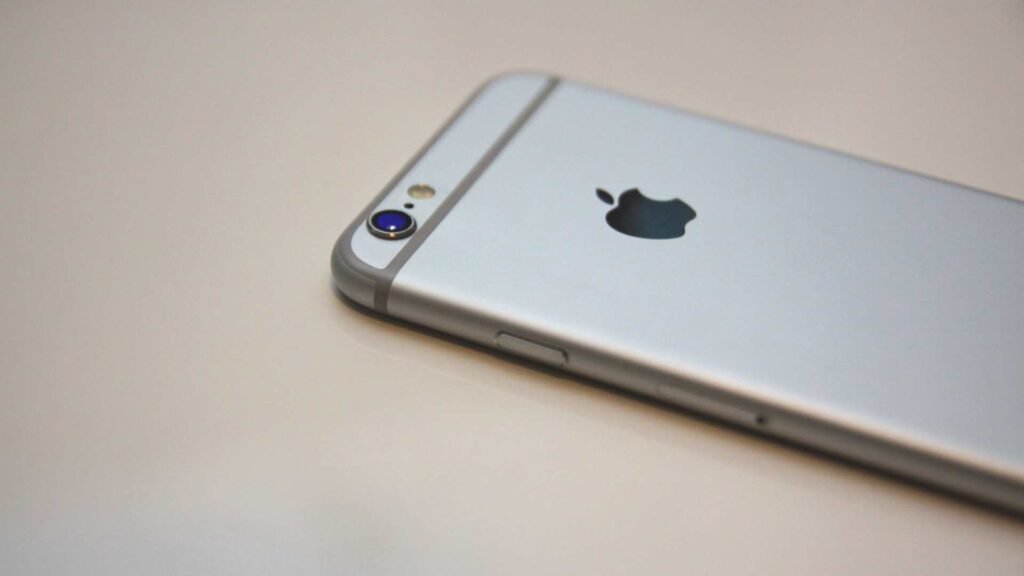In the dynamic landscape of the smartphone industry, competition among tech giants has always been intense. However, recent developments have added a new dimension to this rivalry. Apple, renowned for its groundbreaking innovations, recently faced an unexpected setback. According to reports from research firm IDC, the iconic Apple lost the top phone maker spot to Samsung. This sudden shift has sparked widespread curiosity, with many eager to understand the underlying reasons behind Apple’s decline and the potential ramifications for both the company and its investors.
The Numbers Speak: Global Smartphone shipments
In the initial quarter of 2024, Apple lost the top phone maker spot as its smartphone shipments plummeted by approximately 10%. This decline was attributed to heightened competition from Android smartphone manufacturers, all vying for the coveted top spot in the market. Concurrently, research conducted during the same period revealed a significant surge in global smartphone shipments, reaching a remarkable 289.4 million units, signifying the industry’s robust growth. Amidst this landscape, Samsung emerged as the new leader with a commanding market share of 20.8%, overshadowing Apple’s position.
Apple lost the top phone maker spot to Samsung

In the tale of swift fortunes, Apple’s recent journey in the smartphone market has been nothing short of dramatic. Just a few months ago, the tech giant basked in the glory of its triumph over Samsung, proudly claiming the esteemed title of the world’s No. 1 phone maker. Buoyed by robust sales figures during the December quarter, Apple soared past its rival, seizing the throne with a sense of triumph and anticipation for continued success.
The dawn of the first quarter of 2024 brought with it a harsh reality check for Apple. In a startling turn of events, the company witnessed a staggering 10% decline in its smartphone shipments. While various factors contributed to this downturn, one glaring issue stood out among the fray: the relentless onslaught of competition from Android smartphone manufacturers. Brands such as Huawei and Xiaomi emerged as formidable adversaries, unleashing a relentless assault on Apple’s market dominance.
Central to Apple’s woes is the ascension of Chinese smartphone brands, which have disrupted the industry landscape with their innovative offerings and aggressive market strategies. Huawei, renowned for its cutting-edge devices, made significant strides during the first quarter, securing a substantial market share of 14.1%. Meanwhile, Xiaomi, another prominent player in the market, solidified its position, claiming the third spot in the rankings. Their ability to strike a delicate balance between competitive pricing and feature-rich products has resonated strongly with consumers worldwide, posing a formidable challenge to Apple’s supremacy.
In the wake of these developments, Apple finds itself at a critical juncture, grappling with the repercussions of its decline and strategizing for the road ahead. As the smartphone market continues to evolve and competitors intensify their efforts, the coming months will undoubtedly test Apple’s resilience and innovation prowess.
Samsung’s Strategic Moves
- Galaxy S24 Series: Samsung’s latest flagship smartphone lineup, the Galaxy S24 series, hit the market early in the year. The company shipped over 60 million phones during this period. Notably, global sales of Galaxy S24 smartphones surged by 8% compared to the previous Galaxy S23 series, as reported by data provider Counterpoint.
- Innovation and Adaptability: Samsung’s ability to innovate and adapt swiftly has been crucial. Whether it’s foldable displays, cutting-edge camera technology, or seamless integration with other devices, Samsung has consistently pushed boundaries.
Apple’s China Conundrum
Apple finds itself embroiled in a complex conundrum within the Chinese market, a critical arena for its global operations. The tech giant experienced a notable setback with a 2.1% decline in smartphone shipments during the final quarter of 2023, shedding light on the challenges it faces in China, its third-largest market. This decline underscores the formidable obstacles that Apple must overcome to maintain its foothold in this lucrative region.
Compounding Apple’s woes are the restrictive measures imposed by certain Chinese companies and government agencies on the use of Apple devices by employees. These restrictions, akin to the U.S. government’s security-based limitations on Chinese apps, create a delicate balance for Apple. Straddling the line between national security concerns and access to the vast Chinese market presents a formidable hurdle for the Cupertino-based company, requiring delicate navigation and strategic diplomacy to navigate this intricate landscape.
Impact on Apple and Investors

As Apple grapples with the repercussions of its decline in the smartphone market, a period of introspection and reevaluation lies ahead. The Cupertino-based company faces the imperative task of reassessing its strategies to regain the ground it has lost. All eyes are on Apple’s upcoming Worldwide Developers Conference (WDC) in June, where stakeholders eagerly anticipate updates on crucial areas such as artificial intelligence development and other innovative initiatives. This event will serve as a litmus test for Apple’s ability to pivot and adapt in response to changing market dynamics.
Meanwhile, concerns among investors arose in the wake of Apple’s loss of the top phone maker spot to Samsung. The loss of its crown as the world’s most valuable company to Microsoft earlier this year served as a wake-up call for stakeholders. Amidst growing uncertainty, investors are seeking reassurance that Apple can maintain its competitive edge and continue to deliver value. The pressure is on Apple to demonstrate resilience and strategic foresight as it navigates the challenges ahead, with investor confidence hanging in the balance.
The battle for supremacy in the smartphone market remains fierce. As Samsung celebrates its top position, Apple faces critical decisions. Can it reclaim its throne? Only time will tell, but one thing is certain: the smartphone landscape is ever-evolving, and adaptability is key. Investors, buckle up—the ride is far from over.
